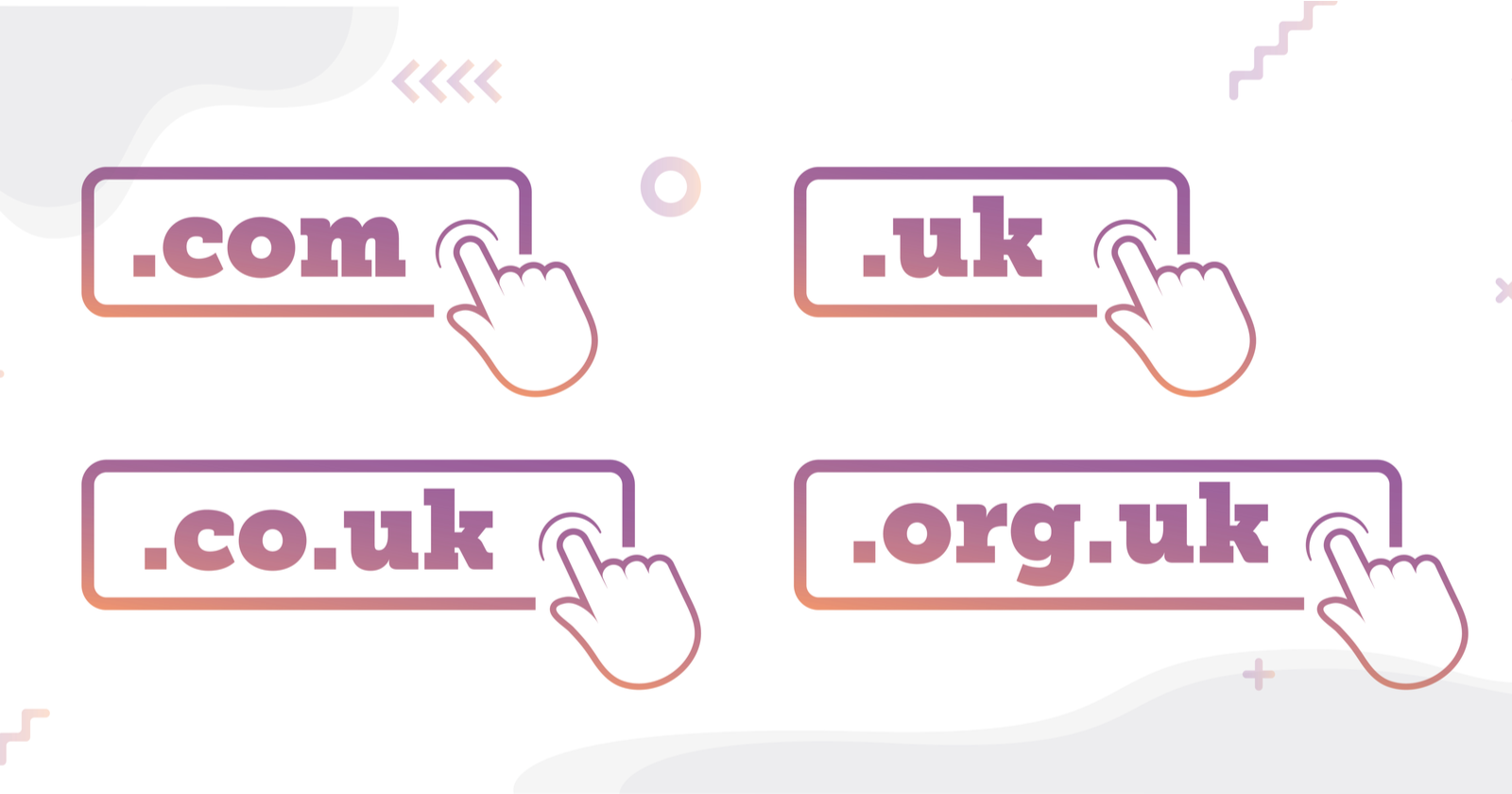Editor’s note: “Ask an SEO” is a weekly column by technical SEO experts Shelly Fagin, Ryan Jones, Adam Riemer, and Tony Wright. Come up with your hardest SEO question and fill out our form. You might see your answer in the next #AskanSEO post!
This week for “Ask An SEO”, we have a question from Nora in London. Nora asks:
“I work for a publishing company that is based in both the US and in the UK, and we have our own sites – .com and .co.uk. We both share content, publishing the same article on both .com and .co.uk. Will this negatively affect SEO due to content duplication? If so, how can we get around this?”
Great question, Nora!
Although it is normally recommended to use the same TLD (top-level domain) because you can build authority for one site instead of having to work on two and there is less work in maintaining only one site, you can absolutely have two TLDs.
The main thing to do is make it very clear that these are both your websites, but both of your websites are created for people in specific countries or regions.
This is much easier to do than it sounds, so don’t overthink it or worry.
This question is best answered by providing you with a checklist of items to do and some notes about each.
1. Add Hreflang Tags for Both .com & .co.uk Websites Into Your Header
Hreflang tags specify the language and geolocation for the domain name.
Just make sure to use the right country code as this is one of the most common errors I find with multiple TLDs for country-based sites (also known as ccTLDs).
UK is for Ukraine, while GB is for Great Britain and the UK. Google and some other search engines use country codes, so double-check the IT team has set this properly.
Without knowing your specific situation, your hreflang tags could look like this:
- <link rel=”canonical” href=”https://www.example.com”>
- <link rel=”alternate” href=”https://www.example.com” hreflang=”x-default”>
- <link rel=”alternate” href=”https://www.example.co.uk” hreflang=”en-gb”>
These tags which should go in the header of your page will show the search engines which version to show to which country.
Please note I have the default and main version set to the US .com version. The x-default is also a bit excessive but can be done/used so I included it.
2. Add Some Form of Clear & Concise Way to Switch Back and Forth Between the Two Versions
Country flags on the top could be a great way to do this.
You could also try placing a footer link for both versions if you’d like, but the header is more useful and provides a reasonably better experience for end users reading your page.
3. Make Sure the Language & Spelling Is Appropriate for the Specific Market
For example, if your writer is based in the UK and spells “colour” with a “u”, the U.S. version should be spelled for the U.S. “color”.
The same goes for country-specific slang like “the loo” instead of “the bathroom” or “the toilet”, or “holiday” vs. “vacation.”
Grammar and the way words and phrases are spoken in natural language can also impact your readers.
Make sure someone with local language experience proofs each version before publishing as this could impact SEO as well. That is for a different post.
Other Things to Consider
If you were going to have the different language versions on the same domain, then you’d have extra steps like creating multi-language sitemaps. But you shouldn’t have to worry as much about that, although you can if you’d like.
I also checked Google Search Console to see if they still have “Targeting the domain to a specific region or country“, but it looks like the feature may be removed in the new Search Console.
Keep an eye out in case they add it back, as this is another way you can let Google know there are two identical versions of the same website but each serve a different country/purpose.
By doing the above you should be in pretty good shape for using ccTLDs that have the same exact content.
I hope this helps to answer your question and thank you for writing!
More Resources:





